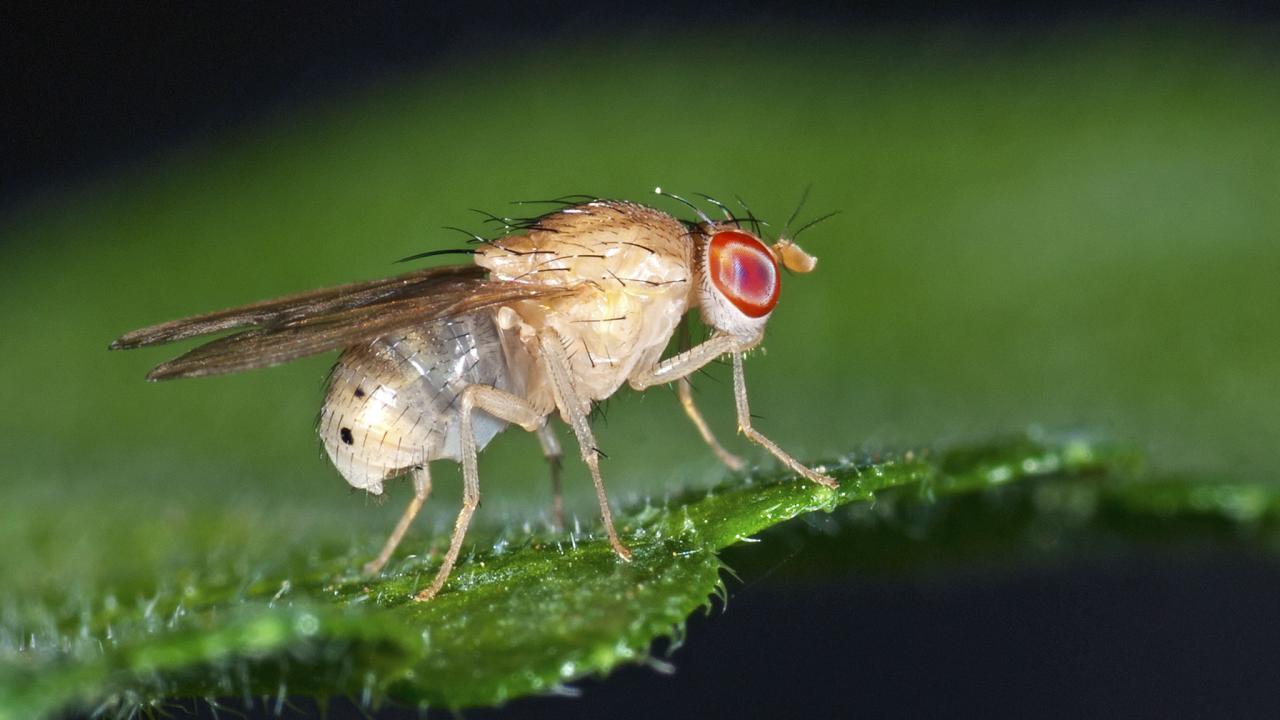Fruit Fly Genome Sheds Light on the Process of Aging
rDNA loci, composed of hundreds of tandemly duplicated arrays of rRNA genes, are known to be among the most unstable genetic elements due to their repetitive nature. rDNA instability underlies aging (replicative senescence) in yeast cells, however, its contribution to the aging of multicellular organisms is poorly understood.
The latest study from University of Michigan Life Sciences Institute aims to understand this very mechanism using genome of fruit flies. The study investigates the dynamics of rDNA loci during aging in the Drosophila male germline stem cell (GSC) lineage, and show that rDNA copy number decreases during aging.
Certain sections of the fruit fly genome get shorter with age. But remarkably, some reproductive cells can repair the shrinkage, and this genomic shrinkage may underlie aspects of aging and hint at ways that select cells might thwart it.
In the study, Yukiko Yamashita and her colleagues focused on workhorse genes encoded in ribosomal DNA, or rDNA. The cells, to make enough of these mission-critical machines, require huge loads of rDNA instruction manuals. Most genes are limited to a single genetic location, but rDNA genes are repeated across multiple spots of the genome.
“The end result is that some copies are lost every cycle,” says Yamashita, research professor at the University of Michigan’s Life Sciences Institute and professor of cell and developmental biology at the university. “They are popping out of the chromosome.”
In fruit flies, chains of rDNA genes are found on the X and Y chromosomes. Compared with young male fruit flies, old males had a shortage of rDNA genes on the Y chromosome—leaving them with a shrunken Y chromosome, the researchers discovered. Further, the team also came across how this dearth of rDNA seemed to be passed on from generation to generation.
Geriatric fly fathers (those 40 days old) passed on their reduced number of rDNA genes to their sons, the team observed. These sons had considerably fewer copies of rDNA genes than sons born to younger fathers.
Then came the shocker- they noticed how this rDNA loss reversed itself. At about 10 days of age, sons born to old fathers had recovered enough rDNA to be comparable to sons born to young fathers. The results suggest that rDNA rejuvenation in sons might be a crucial aspect of how stem cells persist from father to son.
Though much more work remains, Yamashita suspects that similar resets might be at work in certain kinds of human cells, including stem cells and cancer cells.
“Of course, we are not flies,” she says. But if pushed to bet, she’d wager that some types of immortal cells in people can perform the same rejuvenating trick to prevent the rDNA declines that come with age.


























